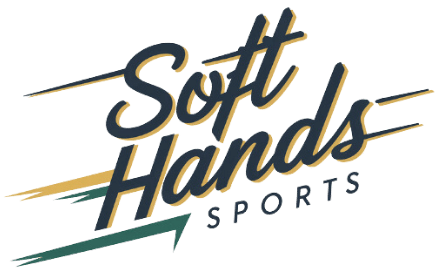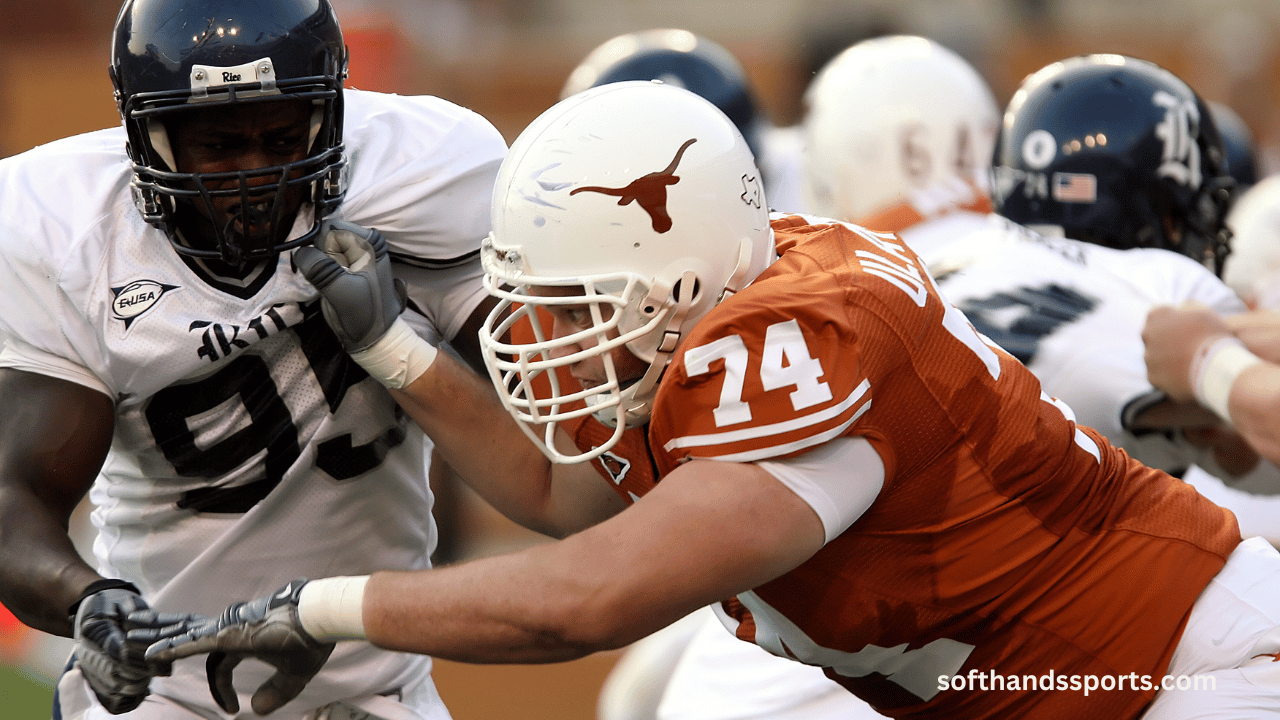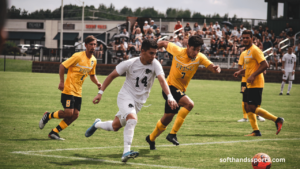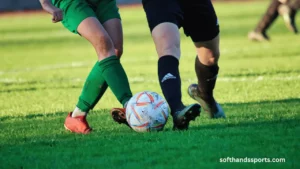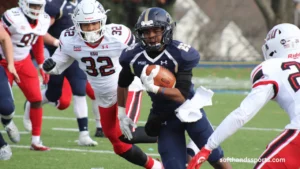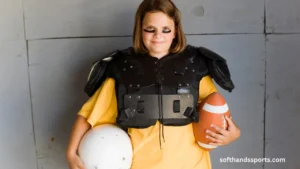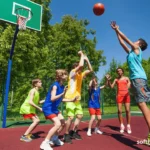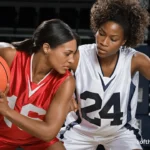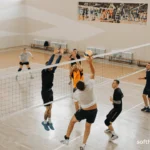Football, a sport that demands exceptional physical prowess, also requires keen visual acuity, precise hand-eye coordination, and sharp awareness of the playing environment. In the midst of this demanding sport, the question arises:
Can football players wear glasses to correct their vision and compete at their optimum level on the field? In this comprehensive exploration, we delve into the complexities and possibilities surrounding this inquiry, taking into account the safety, performance, and regulatory aspects of vision correction in the context of football.
Contents
- 1 The Challenges of Traditional Eyeglasses in Football
- 2 Technological Innovations Addressing Visual Needs
- 3 Considerations for Football Players and Vision Correction
- 4 Conclusion
- 5 FAQs
- 5.1 Can football players wear traditional eyeglasses during games?
- 5.2 What are the safety risks associated with wearing glasses in football?
- 5.3 How can specialized sports eyewear benefit football players?
- 5.4 Are contact lenses a viable option for football players with vision impairments
- 5.5 What should football players consider when choosing vision correction methods for games?
The Challenges of Traditional Eyeglasses in Football
- Safety Concerns: The high-impact nature of football poses a significant safety risk for players wearing traditional eyeglasses. The potential for glasses to break upon impact not only endangers the wearer but also poses a risk to other players on the field.
- Performance Limitations: Standard eyeglasses may not be conducive to the intense physical activity and fast movements inherent in football. Issues such as slipping, fogging, or displacement can detrimentally impact a player’s vision and concentration during crucial moments in the game, affecting their performance.
- Regulatory Compliance: Football regulations and league guidelines often encompass specific rules regarding equipment and attire, including the use of eyewear, which could potentially impact the use of traditional eyeglasses during gameplay.
Technological Innovations Addressing Visual Needs
- Sports-Specific Eyewear: The realm of sports eyewear has seen significant advancements, with specialized glasses and goggles designed to withstand impact, provide a secure fit, and minimize fogging. These innovations cater to the rigorous demands of football, offering a potential solution to the safety and performance challenges associated with traditional eyeglasses.
- Customized Solutions: Some athletes opt for customized prescription eyewear tailored to their specific vision requirements. These specialized solutions aim to ensure optimal performance on the field while adhering to safety standards and minimizing the risk of injury associated with standard eyeglasses.
- Contact Lenses: Contact lenses present an alternative to traditional eyeglasses for athletes, offering improved peripheral vision, unhindered mobility, and reduced risk of injury compared to wearing glasses during physical activities.
Considerations for Football Players and Vision Correction
- Expert Consultation: Professional football players may benefit from consulting with optometrists and sports vision specialists to explore the most suitable vision correction options tailored to their individual needs and the demands of their position on the field.
- Balancing Safety and Performance: When considering vision correction methods, football players must prioritize safety and comfort without compromising their performance or increasing the risk of injury due to equipment-related factors.
- Compliance with Regulations: Athletes should be mindful of the specific rules and guidelines set forth by their respective football leagues when selecting vision correction solutions, ensuring compliance with regulations regarding eyewear and protective gear.
Conclusion
In summary, the question of whether football players can wear glasses for vision correction is multifaceted, encompassing safety, performance, and regulatory considerations. While traditional eyeglasses present challenges in the dynamic and physically demanding environment of football, technological advancements in sports eyewear and customized vision solutions pave the way for potential solutions to the complexities at hand.
As football players navigate the intersection of vision correction and athletic performance, the paramount importance of prioritizing safety, consulting with experts, and adhering to league regulations cannot be overstated in addressing their visual needs on the field.
Considering the evolving landscape of sports eyewear and the diverse requirements of football players, the exploration of innovative vision correction solutions continues to be an integral aspect of enhancing athletes’ performance and safety in the sport.
By embracing technological advancements and adhering to safety-first principles, football players can strive to achieve optimal visual acuity and athletic prowess, contributing to the vibrancy and competitiveness of the sport.
FAQs
Can football players wear traditional eyeglasses during games?
Football players face challenges wearing traditional eyeglasses during games due to safety concerns and performance limitations. However, specialized sports eyewear and customized solutions offer alternatives to address these issues.
What are the safety risks associated with wearing glasses in football?
Safety risks include the potential for glasses to break upon impact, posing a hazard to the player wearing them and others on the field. Standard eyeglasses may not provide the necessary durability and stability required during intense physical activity.
How can specialized sports eyewear benefit football players?
Specialized sports eyewear is designed to withstand impact, provide a secure fit, and minimize fogging, addressing the safety and performance challenges faced by football players who require vision correction on the field.
Are contact lenses a viable option for football players with vision impairments
Contact lenses offer football players improved peripheral vision, mobility, and reduced risk of injury compared to traditional eyeglasses. They provide a comfortable and convenient vision correction solution for athletes actively engaged in physical activities.
What should football players consider when choosing vision correction methods for games?
Football players should prioritize safety, consult with optometrists and sports vision specialists, and ensure compliance with league regulations when selecting vision correction methods. Balancing safety, performance, and comfort is essential in making an informed decision.
